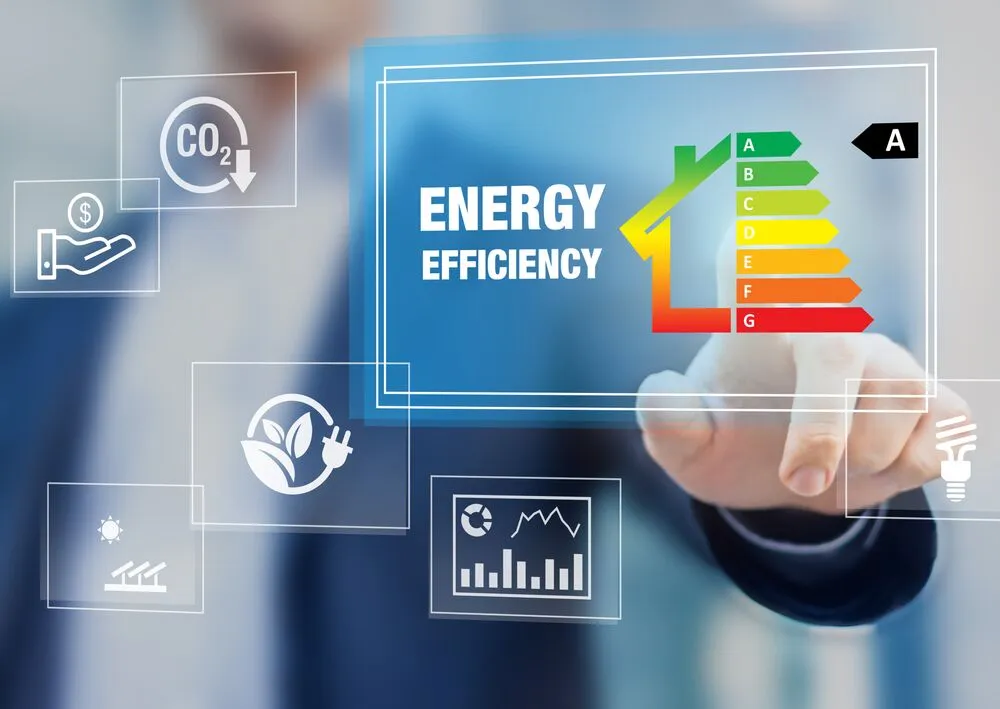ISO 17743 Energy Efficiency Assessment in Smart Appliances
The ISO 17743 standard is pivotal for ensuring that smart appliances operate efficiently and consume electricity effectively. This test assesses the energy efficiency of various smart home devices, including refrigerators, washing machines, air conditioners, and other IoT-enabled appliances. The primary goal is to evaluate how much power these devices use under specific operating conditions, which directly impacts their environmental footprint and user cost savings.
Understanding the nuances of ISO 17743 involves recognizing its focus on real-world usage scenarios rather than just theoretical maximum performance. This standard ensures that appliances are tested in a way that mirrors how they will be used by consumers, providing more accurate data for both manufacturers and end-users. The test typically involves measuring power consumption over time under different operating conditions such as startup, idle operation, continuous operation, and standby modes.
For refrigerators, for instance, the test may involve monitoring energy use during defrost cycles or when running at various temperatures. In air conditioners, it could mean assessing performance in different ambient temperature ranges. The testing process is highly detailed, requiring precise instrumentation to capture minute fluctuations in power consumption accurately. This level of precision ensures that even small improvements in efficiency are detectable.
One key aspect of ISO 17743 is its emphasis on repeatability and reproducibility. Manufacturers can use these results to compare their products against competitors or industry benchmarks, helping drive innovation towards more energy-efficient designs. Compliance with this standard also enhances a company’s reputation by demonstrating commitment to sustainability goals.
Another important factor is the impact of software updates on device efficiency. As smart home technology evolves rapidly, it's crucial for manufacturers to ensure that firmware updates do not negatively affect energy performance. Continuous monitoring through ISO 17743 helps identify any potential issues early and allows for corrective measures to be implemented promptly.
The widespread adoption of smart appliances has led to increased demand for rigorous testing standards like ISO 17743, especially given concerns about rising electricity costs and environmental impacts. By adhering to this standard, manufacturers can provide consumers with reliable information about their appliance’s energy efficiency, fostering greater trust in the market.
Moreover, compliance with ISO 17743 is often a prerequisite for certification programs such as Energy Star or EPEAT, which further adds value to compliant products. These certifications not only enhance brand perception but also open up access to government incentives and rebates aimed at promoting energy-efficient technologies.
- Real-world scenario testing ensures that the results are applicable outside of laboratory settings.
- Precision instrumentation captures detailed power consumption data, enabling accurate comparisons across different models.
- Repeatability and reproducibility provide confidence in long-term performance assessments.
Applied Standards
The ISO 17743 standard is one of several internationally recognized guidelines that address the assessment of energy efficiency in smart appliances. Other relevant standards include IEC 62301 for power consumption and standby mode limits, as well as EN 50563 concerning electromagnetic compatibility.
These standards work together to ensure comprehensive testing across multiple aspects of appliance functionality, including power supply, operation modes, and interaction with other smart devices. By adhering to these guidelines, laboratories like ours can provide robust assessments that meet the highest industry expectations.
Why Choose This Test
Selecting ISO 17743 for your smart appliance testing offers several advantages. Firstly, it ensures compliance with international standards, which is essential for certification programs and market access. Secondly, the test provides valuable insights into real-world energy consumption patterns, helping manufacturers optimize their products' performance.
For quality managers and compliance officers, this service delivers peace of mind by verifying that all aspects of energy efficiency are being met. R&D engineers can rely on these results to refine designs further, while procurement teams benefit from knowing they're working with suppliers who meet stringent requirements.





